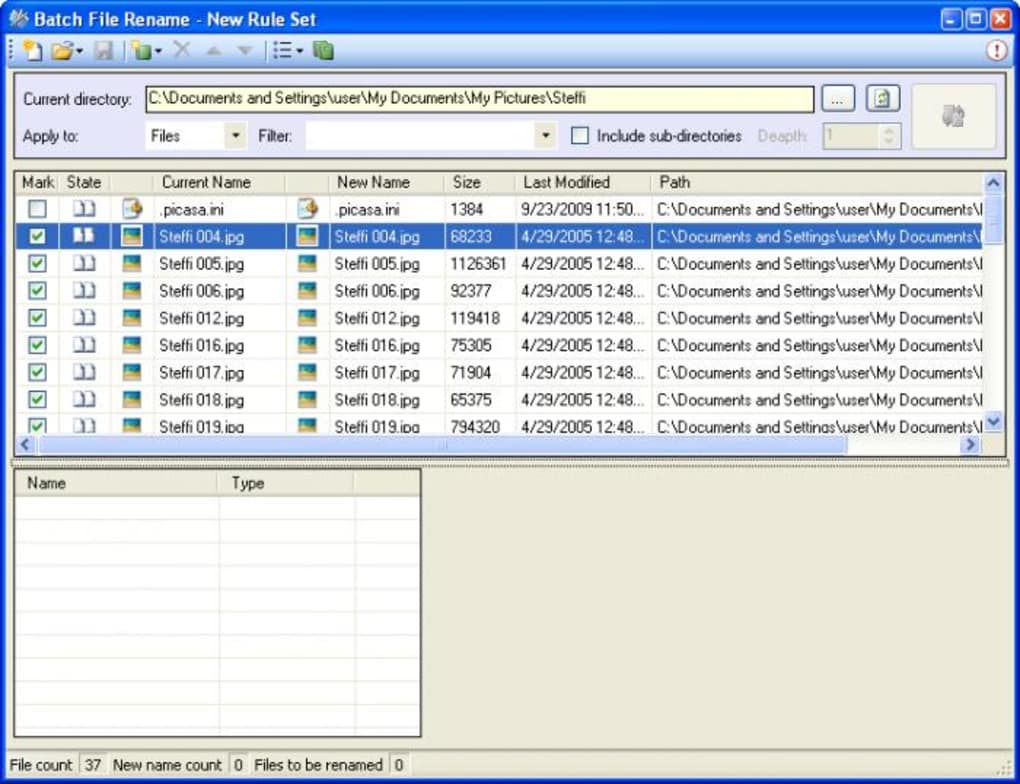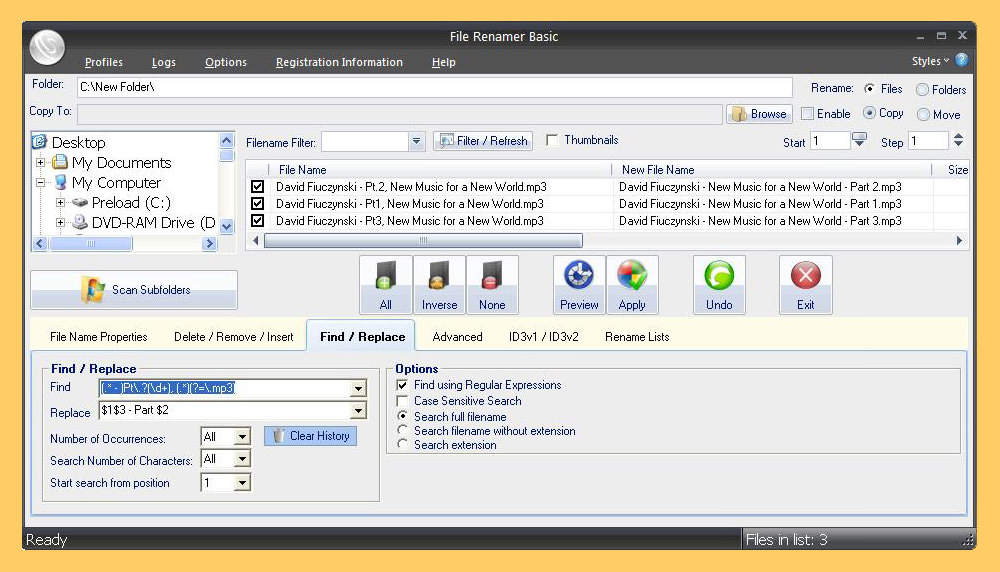

- #Simple batch file rename script how to#
- #Simple batch file rename script pdf#
- #Simple batch file rename script install#
- #Simple batch file rename script software#
#Simple batch file rename script software#
If you no longer wish to have rename installed on your system, remove it using the software manager.
#Simple batch file rename script how to#
Some common examples of how to use the rename command are: You can view them in the terminal by executing: rename –help We’d like to mention that rename uses a regular expression of Perl, meaning this command has extensive possibilities.įinally, it is a good idea to check all the command options. We can also specify another directory where the files you want to rename are. We could do it this way: rename ‘s/.txt/.php/’ *.txt ls If we wanted to change the extension to all files, for example, to. If we want to rename a single file called file1.txt, the sentence would be like this: rename ‘s/file1/newfile1/’ file1.txt With the last ls command, you can view the files that you created. mkdir filetorename cd filetorename touch file.txt ls In this example, we will create a new folder called filetorename, and using the touch command, we will create 5 files. It may seem complex at first, but it’s a lot simpler than it might seem. In general, the basic syntax of the rename command looks like this: rename 's/old-name/new-name/' files Now, we can start using the rename command.
#Simple batch file rename script install#
On the other hand, if you are using CentOS 7 or RHEL: sudo yum install renameĪnd, if you are using Arch Linux: yay perl-rename # or yaourt -S perl-rename In the case of Debian, Ubuntu, Linux Mint, and derivatives: sudo apt install rename But, if you don’t have it installed, you can do it in just a minute with a simple command.

Many Linux configurations include it by default. With the rename command, you will have a bit more control. Rename Files on Linux Using the Rename Command If you want more advanced features, you’ll need to use the rename command, we’re about to cover. This will create a loop (for) looking through the list of files with the extension.
#Simple batch file rename script pdf#
pdf extension, you will use the following command: for f in *txt do Let’s take the commands, find, for, or while loops and renaming multiple files.įor example, when trying to change all files in your current directory from. The mv command can only rename one file, but it can be used with other commands to rename multiple files. Mv file1.txt file2.txt Rename Multiple Files With the mv Command However, if you are not in the directory, you will need to type a bit more. We will need to type the following: mv file1.txt file2.txtĪs simple as that. If we want to rename a file, we can do it like this: mv oldnamefile1 newnamefile1Īssuming we are located in the directory, and there is a file called file1.txt, and we want to change the name to file2.txt. Rename File on Linux Using the mv Command

One is moving files from one location to another, and the other is renaming one or more files through the terminal.įirst, let’s see how renaming files with mv works on Linux. It can do two basic but essential tasks when handling files on Linux. Shortened from “move,” the mv command is one of the easiest commands to use. How to Rename Files in Linux with the mv Command How Do You Rename Multiple Files In Linux?.

What Linux Command Lets You Rename Files?.Rename Files on Linux Using the Rename Command.Rename Multiple Files With the mv Command.Rename File on Linux Using the mv Command.How to Rename Files in Linux with the mv Command.


 0 kommentar(er)
0 kommentar(er)
